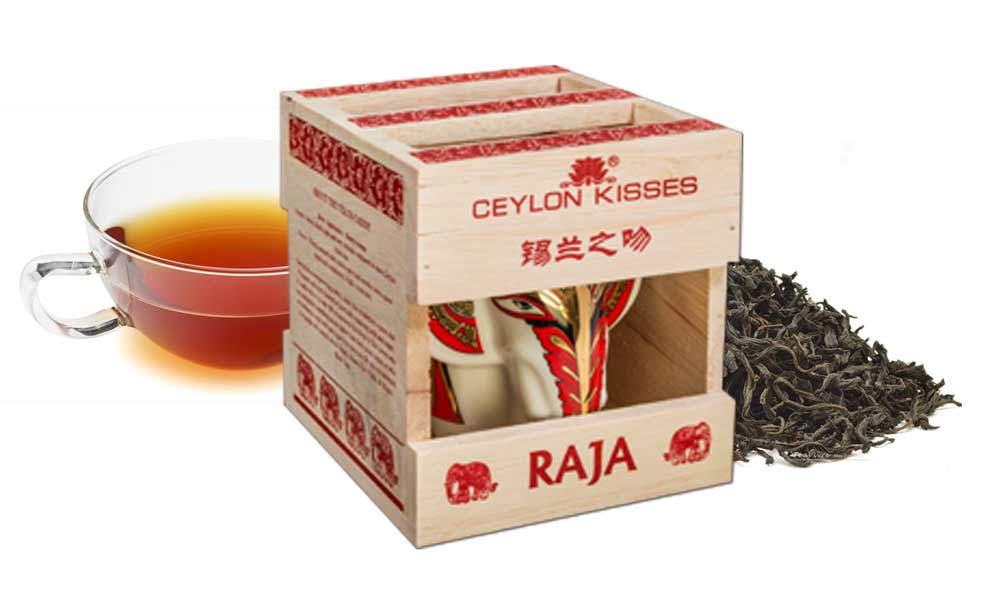
The Pinnawala elephant herd is known to be the largest permanent concentration of captive Asian elephants in the world. This blind tusker was a significant attraction to the visitors at the orphanage.
A 12th Century inscription on a stone seat at Polonnaruwa records that King Nissanka Malla sat upon it while watching elephant fights. These fights were staged for the sole entertainment of nobles. Elephants were used for all the important ceremonial occasions, especially where pomp and pageantry were required. The annual Perahera in Kandy, which dates back nearly 220 years, brings together well over a hundred elephants that parade the streets during the nights on certain pre-determined days in July-August each year. New Year festivities in Sri Lanka featured elephants in various sports and competitive combat. Elephant fights were a popular form of sport in early times called ‘Gaja Keliya,’ in the vernacular. The Sri Lankan elephant population is now largely restricted to the dry zone in the North, East and Southeast of Sri Lanka. A significant number of elephants are found in the main national parks of Sri Lanka, namely Udawalawe, Yala, Lunugamwehera, Wilpattu & Minneriya apart from a few who live outside protected areas.
‘Raja Atha’, also known as ‘Maligawa Raja’ was a Sri Lankan tusker elephant which belonged to the Sri Dalada Maligawa in Kandy (Temple of the Tooth Relic). Raja participated at the annual Esala Perahara procession in Kandy for a period of 50 years and was the sacred casket bearer of the final Randoli Perehera for 37 years. He was one of the most celebrated elephants in Asia during his lifetime, and was world famous for his noble behavior. On August 20, 1986 former Sri Lankan President J.R. Jayawardene declared Raja as a national treasure in recognition of his valuable services to the religion and culture of Sri Lanka.
Order Enquiry Form
Send us your inquiry using the form below

